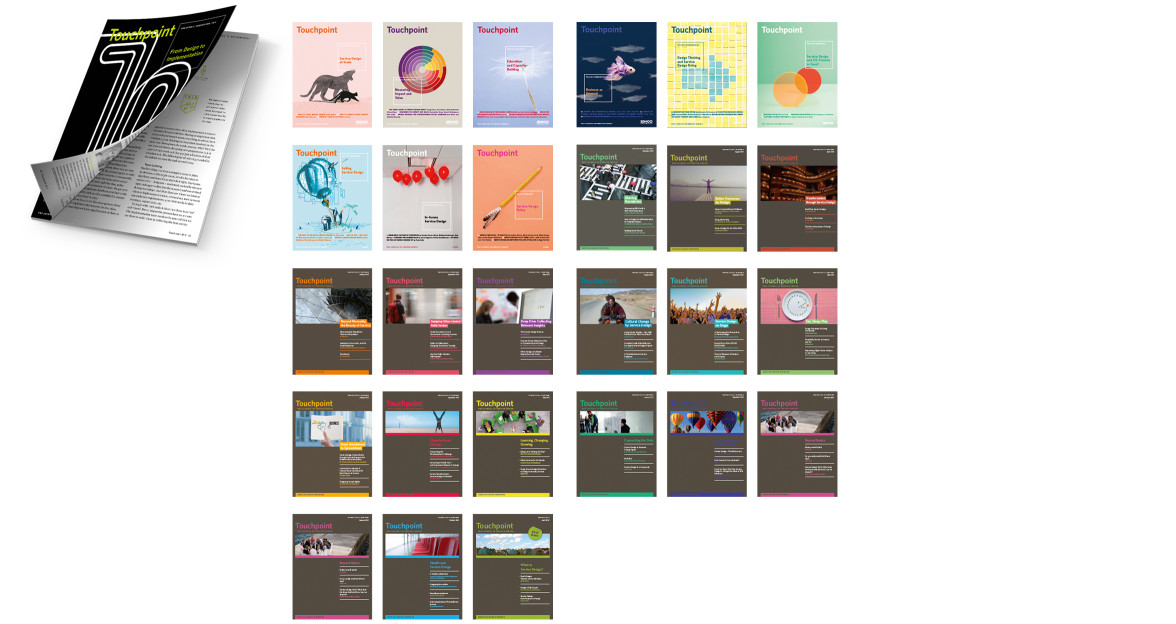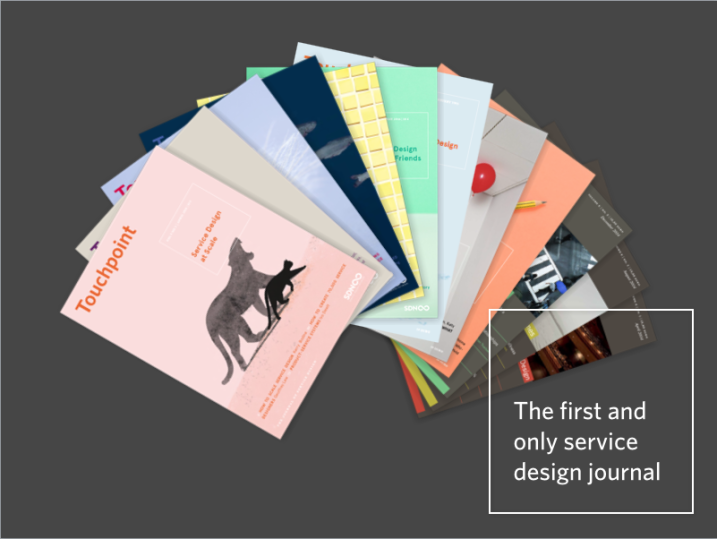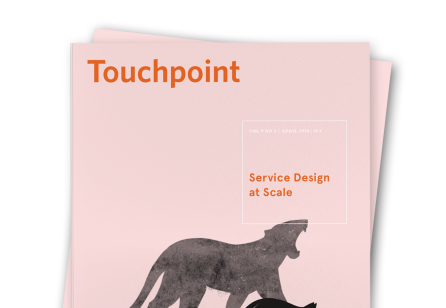While the first issue (Vol. 1 No. 1 “What is Service Design?”) really was about laying the groundwork for a discipline in its infancy, it’s interesting to see how some of the earliest issues were almost ahead of their time. Issues in September 2010 and September 2011 were already looking at the “Business Impact of Service Design” (Vol. 2 No. 2) and “Organisational Change” (Vol. 3 No. 2).
Both community input and careful trend observation stand behind the selection of themes for each issue. The latest issue (Vol. 10 No. 1 "From Design to Implementation") is dedicated to the challenges of implementing service design, a subject so worthy of attention it will also be the theme of this year’s Service Design Global Conference in Dublin. And I’m already looking forward to the next issue (Vol. 10 No. 2) which will look at the theme of “Designing the Future”, which has some fascinating contributions.
I’d like to thank all those that have played a vital role in contributing to, editing and producing Touchpoint since its launch. Despite a growing body of quality books, burgeoning offers of trainings and courses, and more and more academic programmes aimed at educating service designers, Touchpoint still occupies a unique and valuable role in further shaping the discourse and future of our discipline.










Share your thoughts
0 RepliesPlease login to comment